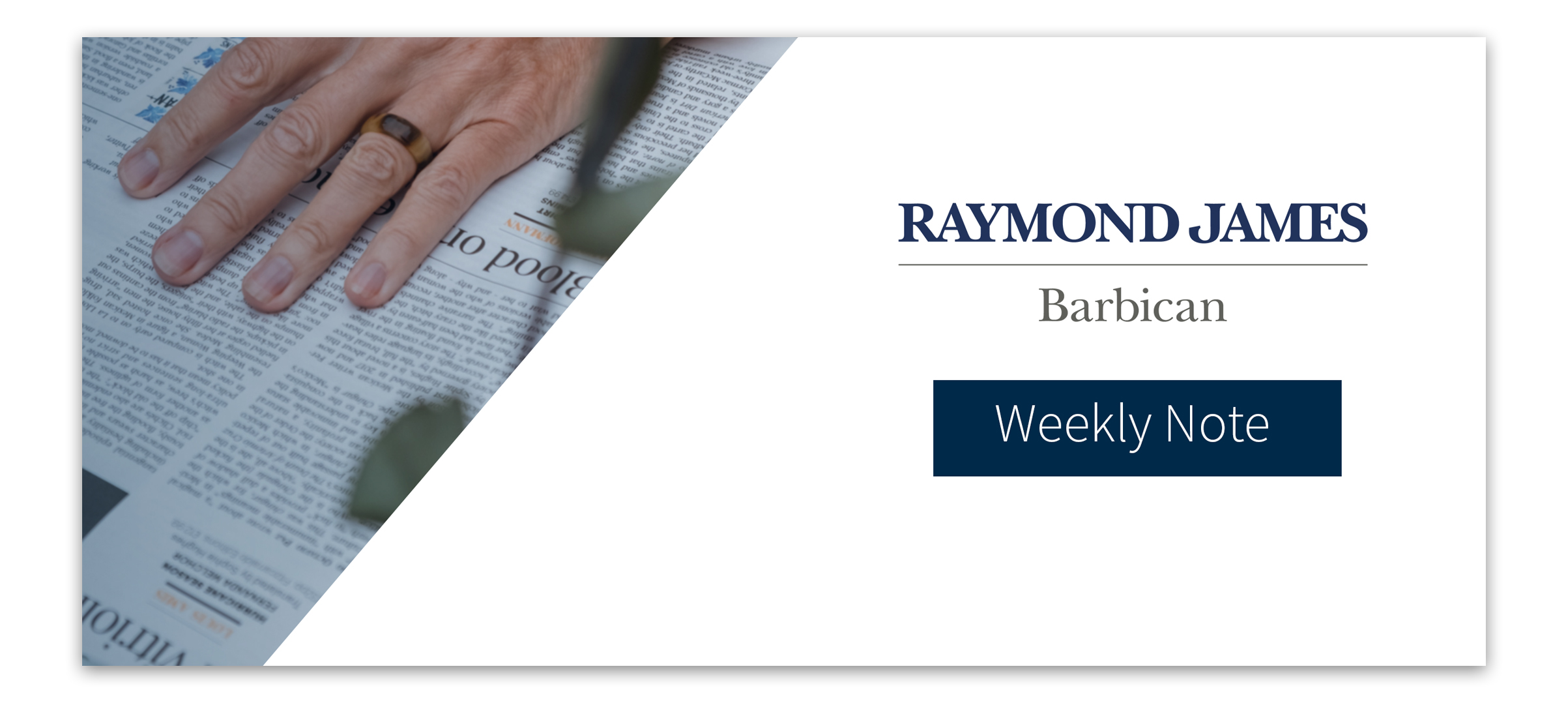On Wednesday we saw the US Fed leave interest rates unchanged at 5.25%. After 15 months of consecutive interest rate increases this pause could be a significant moment. US Fed Chair, Jerome Powell, stated that the pause was “out of caution” which allows the Fed to gather more information on the impact hikes have had on the economy.
US inflation data was released on Tuesday giving the US Fed little time to react to the changes. Year-on-year headline inflation continues to decline, coming in at 4%, slightly lower than consensus. Core CPI was a little higher at 5.3%, however this is the lowest reading in 12 months. Shelter (rent) which represents 43% within the CPI bucket continues to run hot growing 0.6% (month-on-month). Inflation however is still double the US Fed’s target and although we have seen a pause in hikes, it will be interesting to see if we have seen the peak in this rate cycle or whether it really was just a skip.
The US Fed considers a range of economic data when assessing the health of the US economy. One of the key variables is the labour market and this week’s initial jobless claims once again came in higher than expected and may be a signal of a deteriorating US labour market. The labour market has been extremely resilient in the face of rising interest rates, however, initial signs of fragility are potentially creeping in.
In the UK, the chances we will see a pause in interest rate hikes is becoming less likely after significantly strong wage growth, which was reported this week. Wage growth excluding bonuses (over last 3 months) rose 7.2% which is far greater than the Bank of England (BoE) would be comfortable with. The main reasons wage growth has been so strong is due to companies almost “hoarding” workers given the recent difficulties of hiring in a tight labour market. Workers are also demanding greater pay in order to combat inflation and ease the pressure on rising household bills. Markets are ramping up bets of further interest rate hikes and we have seen this feed through to government bonds. The 2-year UK government bond is currently trading at similar levels that we last saw in September 2022, following the Liz Truss proposed budget.
On Thursday the European Central Bank (ECB) met in Frankfurt and announced another 25bps interest rate hike, taking rates to 3.5%, their highest level since 2001. After revised data points in many European countries, Eurozone GDP fell -0.1% with the region slipping into a technical recession over Q4 22 and Q1 23. As ever, ECB President Christine Lagarde, seems adamant on reaching the 2% inflation target and it is almost a given that there will be further rate hikes in July.
Japan’s stock market has been a bright spot this year. The Nikkei index has now reached the 33706-mark, doing so for the first time in almost 34 years. Japan has sustained solid growth in their economy this year and still has extremely low interest rates – pretty rare in the times we live in. When we look deeper into Japanese companies, from an Environmental, Social and Governance (ESG) point of view they are improving on all cylinders. For example, Uniqlo, a growing retail company, are in the process of raising employee pay up to 40%. Company profits are rising driven by the rise in consumer spending and the tourism sector is certainty back and booming. The currency (Yen) has been weak this year, which is helping to improve the competitiveness of their significant export market, while it has also helped support foreign tourism to the country. Year-to-date the currency has weakened by over 11% against GBP.
Staying with the theme of currencies, we have seen the US dollar weaken further against GBP over the course of the week. At the time of writing the rate is approaching 1.28 vs GBP, a far cry from less than a year ago, when the exchange rate got close to parity following the September mini budget. For sterling investors, the strength of GBP this year has been a headwind to returns for unhedged foreign assets (when returns are translated back to GBP).
With the constant data releases, it is easy to succumb to market narratives. “Time in the market is more important than timing the market” is a common mantra in investing and perfectly describes our approach. The importance of long-term investing allows us to take advantage of short-term opportunities and not be caught out by short-term noise.
Nathan Amaning, Investment Analyst
Risk warning: With investing, your capital is at risk. The value of investments and the income from them can go down as well as up and you may not recover the amount of your initial investment. Certain investments carry a higher degree of risk than others and are, therefore, unsuitable for some investors.

